
Affordable Powerhouses for Gamers
Looking for the perfect gaming setup? Discover our top-rated budget-friendly gaming PC builds that deliver performance without breaking the bank! 💻🔥
Balanced gaming PC build: allocate budget across CPU, GPU and SSD to hit FPS, reduce load times, and future-proof your rig. Practical splits, 1080p/1440p examples, and upgrade tips. 🎮⚙️
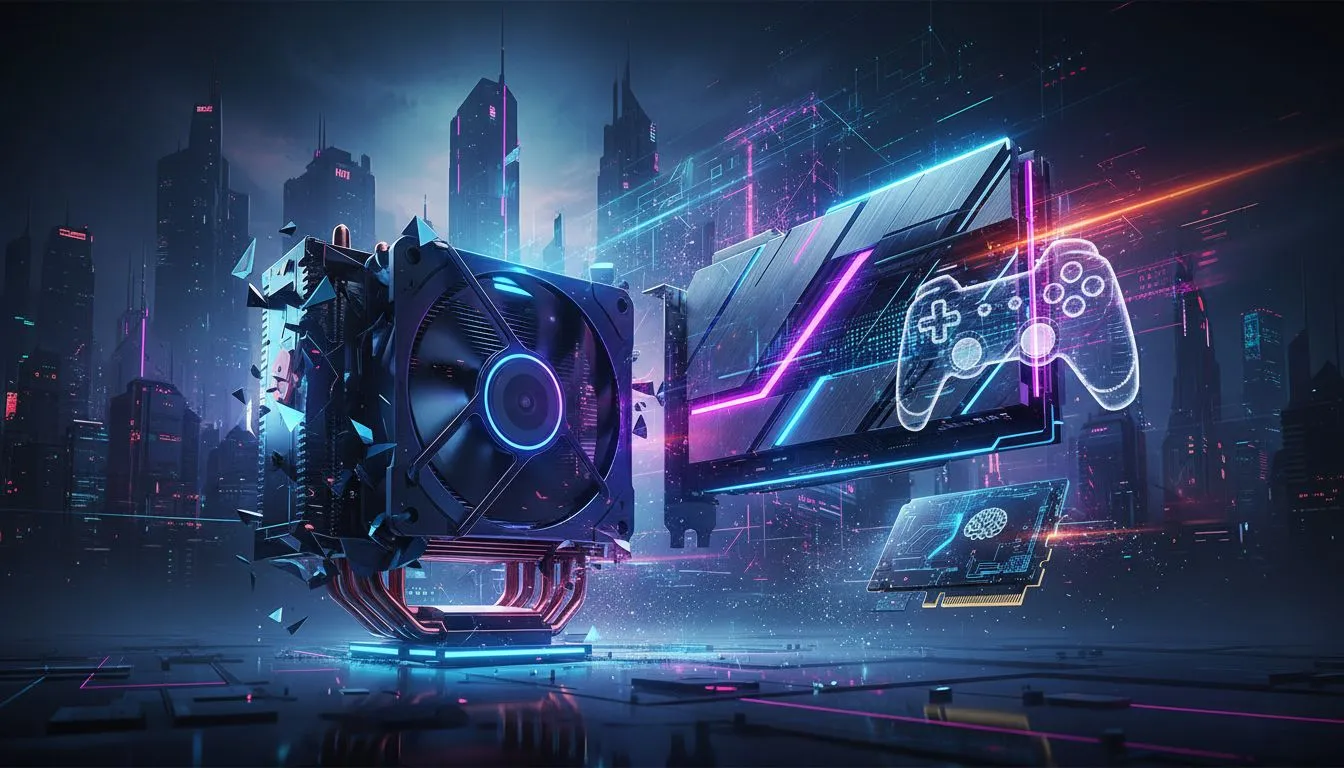
So, you’ve saved up your hard-earned Rands and are ready to build a new rig. Awesome! But now comes the tricky part: where does the money go? Spend too much on a CPU and you’ve bottlenecked your GPU. Skimp on the storage and you’re stuck in loading screens. Nailing that balanced gaming PC build is the secret to squeezing every last frame out of your budget. Let’s break down where to spend your cash for maximum performance. 🚀
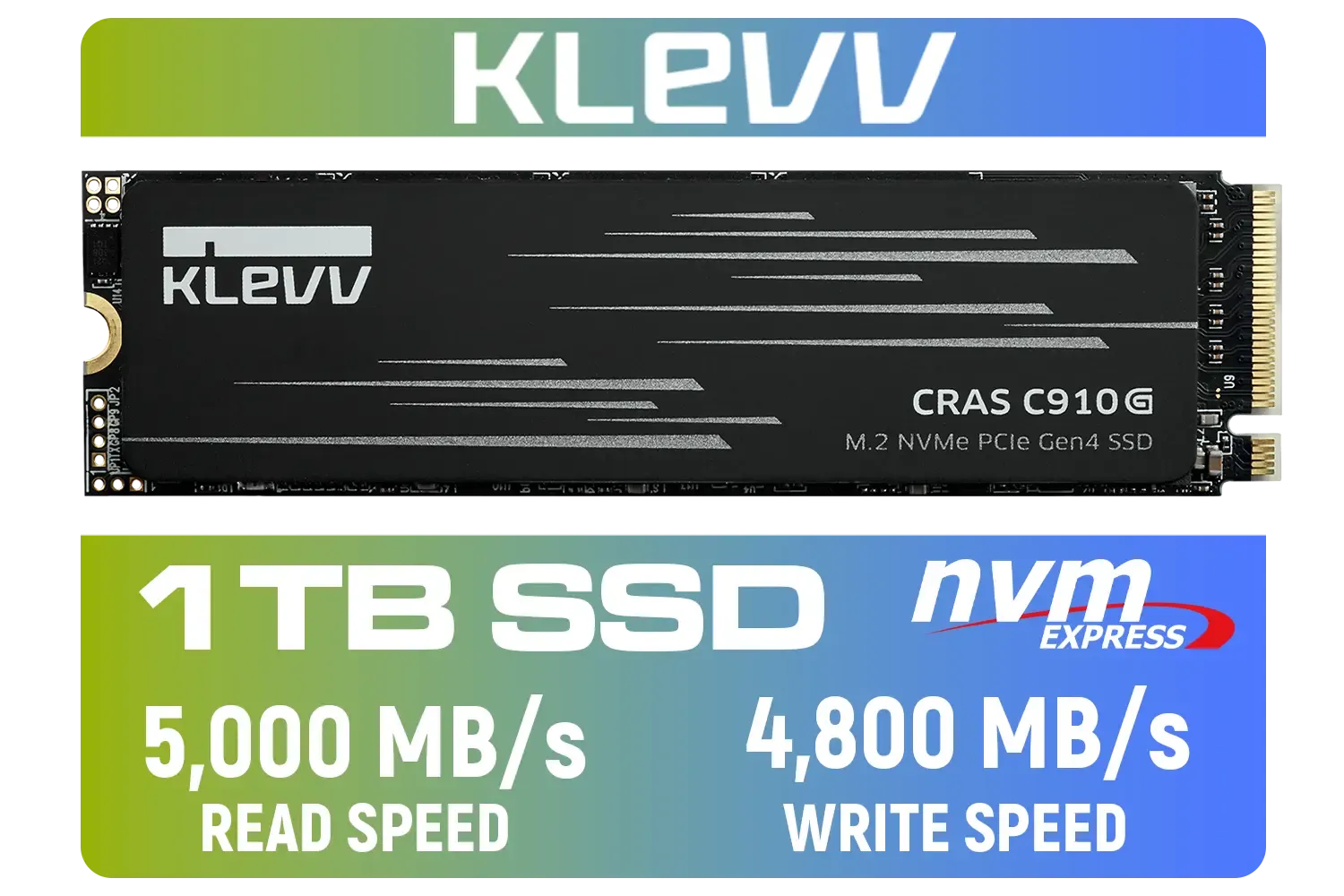

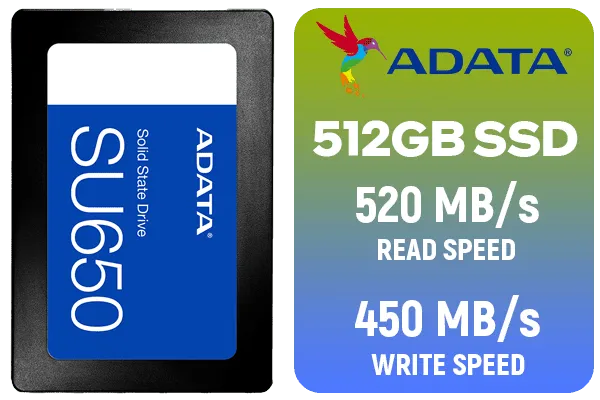

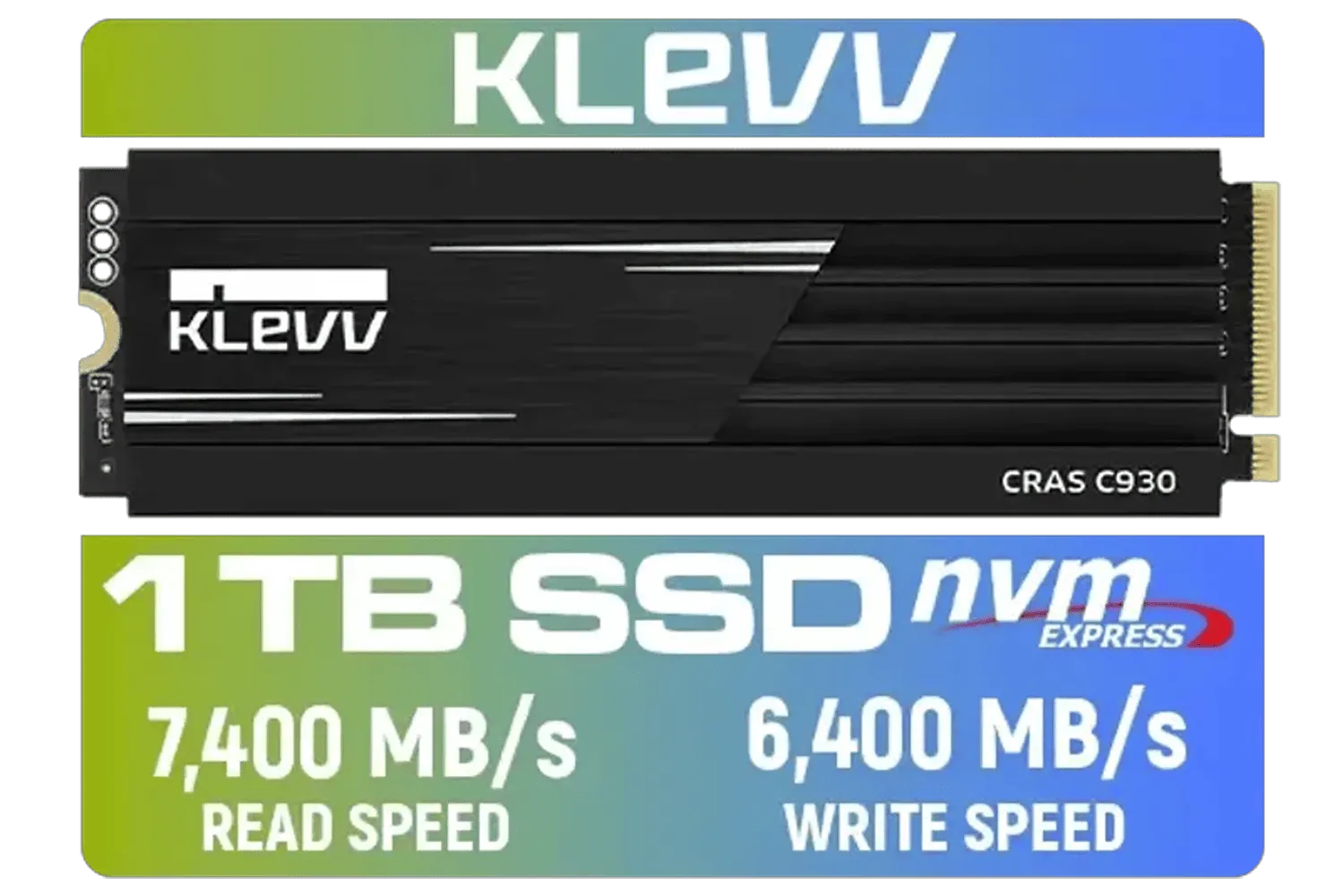

For a pure gaming machine, the Graphics Processing Unit (GPU) is king. It’s the component that does the heavy lifting, rendering the beautiful worlds you explore and pushing the high frame rates you need to win. As a general rule, you should allocate the largest chunk of your budget here—often around 40-50%.
Your choice of GPU directly impacts the resolution and refresh rate you can comfortably play at. A mid-range card is perfect for 1080p gaming, while a high-end beast is necessary for smooth 4K or high-refresh-rate 1440p gameplay. With game sizes ballooning, pairing a powerful GPU with fast, spacious storage is crucial to avoid stuttering as the card pulls in new textures. Keeping up with today's massive 2TB game installs means a roomy SSD is no longer a luxury.
While the GPU renders the graphics, the Central Processing Unit (CPU) runs the game itself—the AI, physics, and system logic. It tells the GPU what to draw. For a balanced build, you need a CPU that can keep up with your GPU. If the CPU can't prepare frames fast enough, your expensive graphics card will sit idle, waiting for instructions. This is a classic bottleneck.
However, you don't always need the most expensive CPU on the market. A modern mid-range processor from Intel or AMD is more than capable of handling almost any gaming workload without breaking a sweat. The key is finding the sweet spot that provides enough performance to feed your GPU, ensuring a snappy and responsive system, especially when paired with a quality Corsair SSD.
Remember the days of waiting minutes for a game to load? Thankfully, those are over. A Solid State Drive (SSD) is arguably the single biggest upgrade you can make for overall system feel. It dramatically cuts down loading times, makes your operating system feel instantaneous, and helps eliminate in-game texture pop-in. This is a non-negotiable part of any modern, balanced gaming PC build.


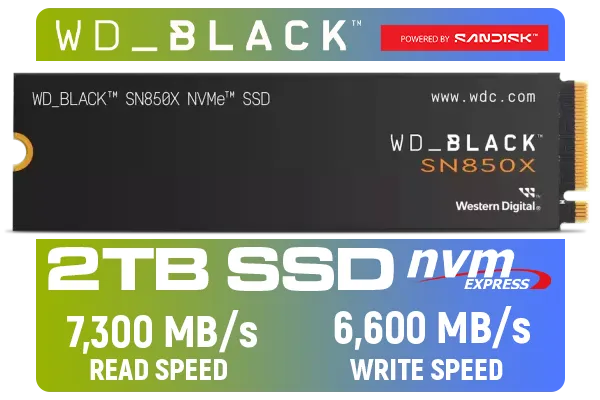
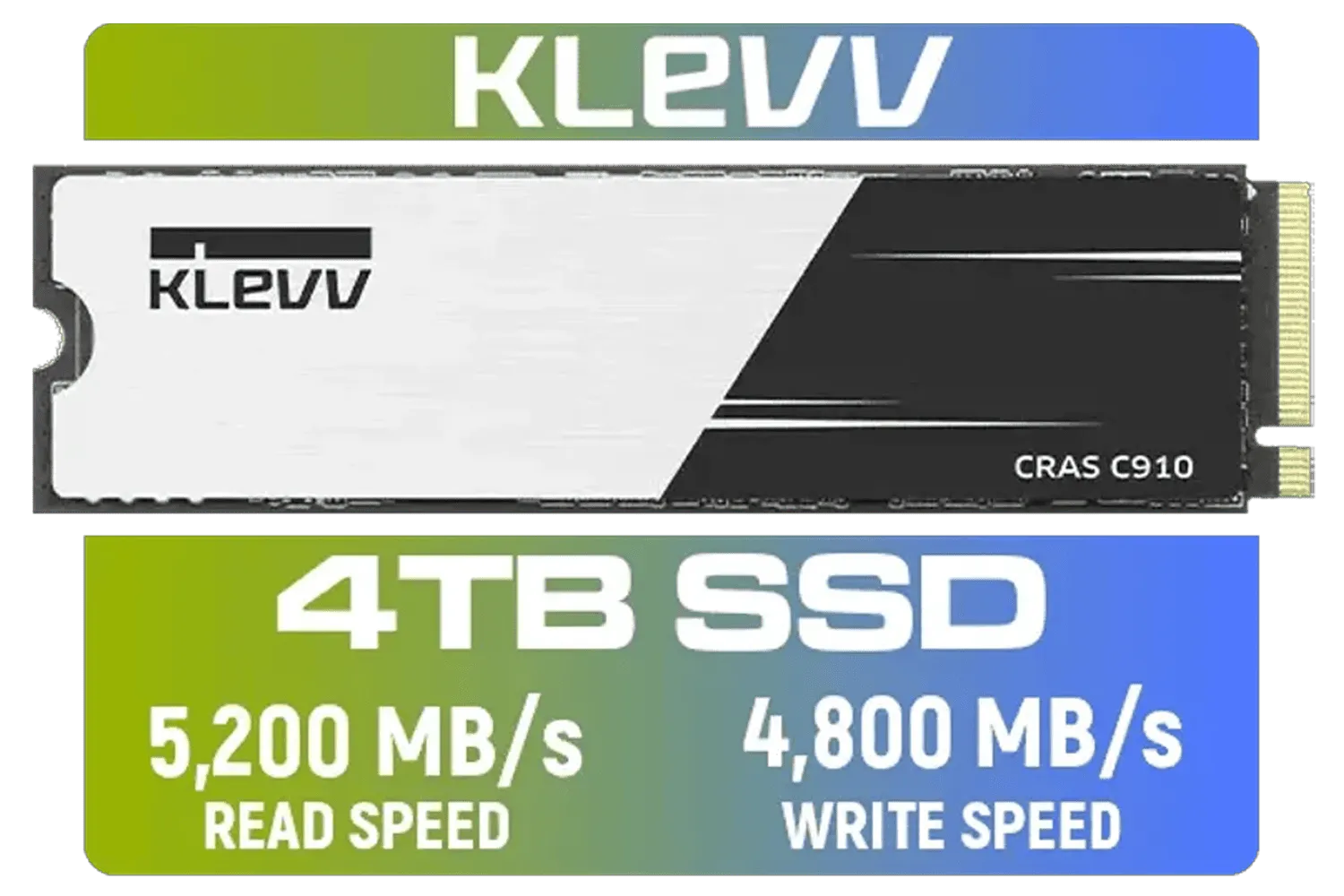
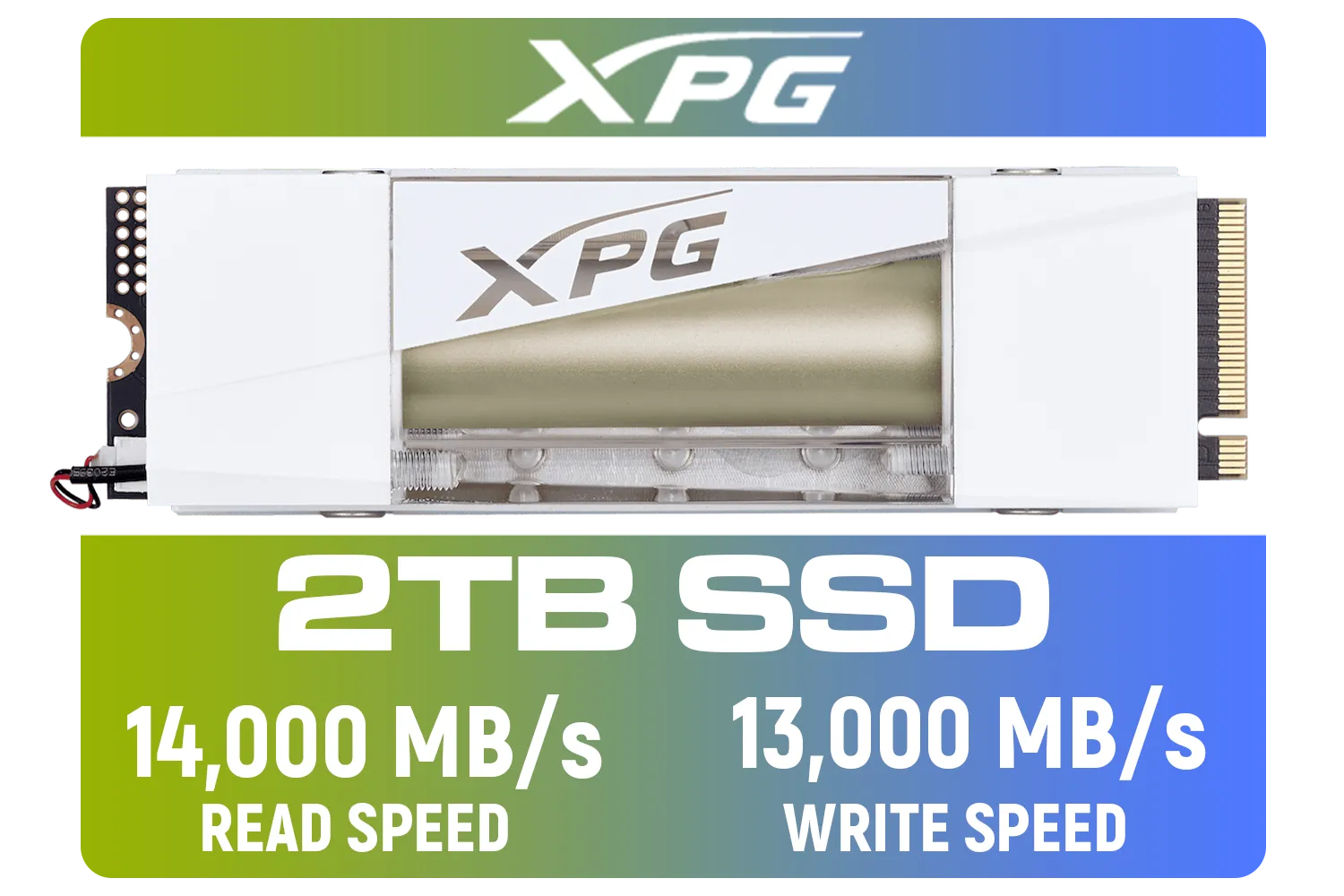

For new builds, an NVMe M.2 SSD is the way to go. It plugs directly into the motherboard and is significantly faster than the older SATA interface. The good news? Prices have come down so much that fantastic performance is more accessible than ever. You can find reliable drives from top-tier brands like Kingston or great value options from ADATA that will transform your gaming experience.
Before buying a super-fast PCIe Gen4 NVMe SSD, double-check your motherboard's specifications. While a Gen4 drive will work in a Gen3 M.2 slot, it will run at the slower Gen3 speeds. Matching your drive to your motherboard's capabilities ensures you're getting all the performance you paid for!
So, what’s the magic formula for a perfectly balanced gaming PC build? It depends on your primary use case.



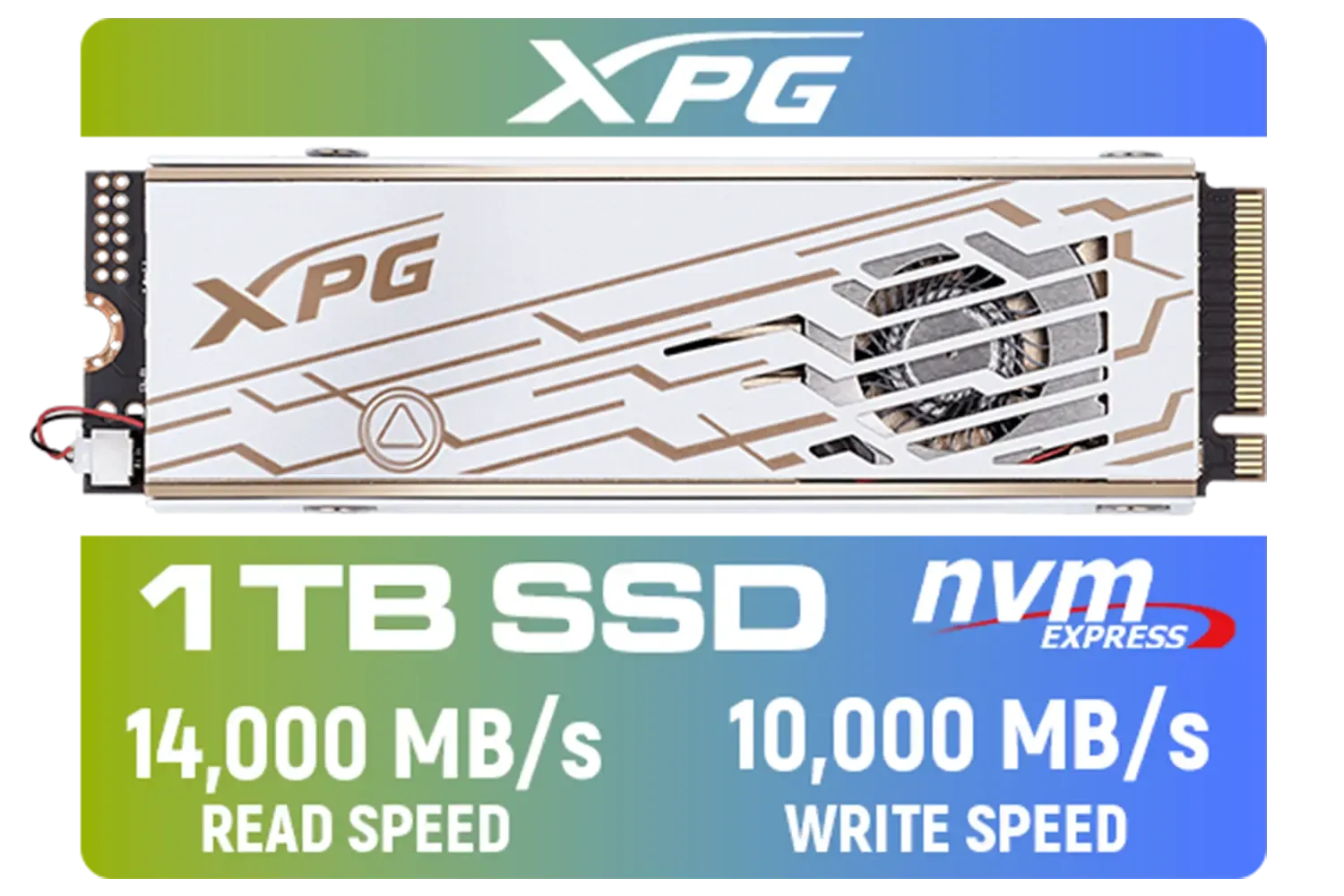


A good starting point for a pure gaming build is to spend roughly twice as much on your GPU as you do on your CPU. But always do your research for the specific games you play!
Ready to Build Your Balanced Rig? Understanding where to spend your money is the first step to building a PC that punches above its weight. Now for the fun part... picking the hardware! Use our powerful PC builder to mix and match components and create the perfect balanced gaming PC build for your budget. Start Designing Your Dream PC Now
Aim ~60/40 GPU/CPU for 1080p, 70/30 for 1440p gaming. Adjust for CPU-heavy titles and include GPU-focused upgrades in your CPU vs GPU budget split.
Yes — NVMe SSDs cut load times and improve stutter. For gaming, a 500GB or 1TB NVMe gives the best balance of speed and value; choose SSD size for gaming PC accordingly.
Reserve ~5–15% for storage: 500GB NVMe for tight budgets, 1TB+ for larger libraries — a core part of the best budget split CPU GPU SSD.
Prioritize GPU first, then CPU, then SSD. For mid-range builds follow mid-range gaming build priorities: solid GPU, competent CPU, fast NVMe storage.
Yes — 1440p depends more on GPU power. Use the 1440p gaming PC allocation with a stronger GPU and a competent CPU to avoid bottlenecks.
Only in CPU-bound scenarios or esports titles. Use benchmarks to decide whether to optimize fps with CPU or GPU before spending big.
Allocate extra to a slightly better CPU and GPU, choose an NVMe SSD, and a motherboard with upgrade-friendly slots — allocate budget gaming pc components wisely.